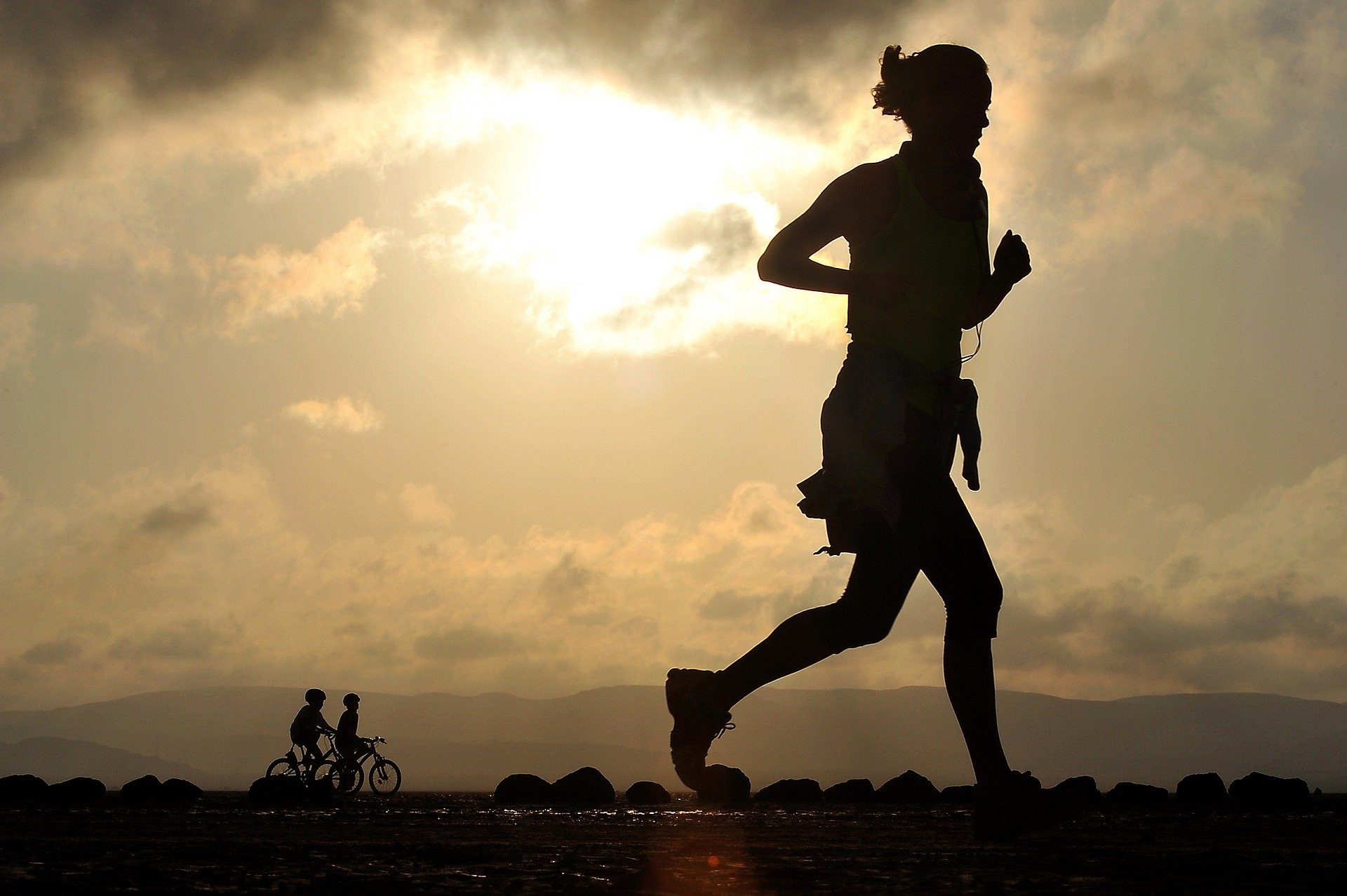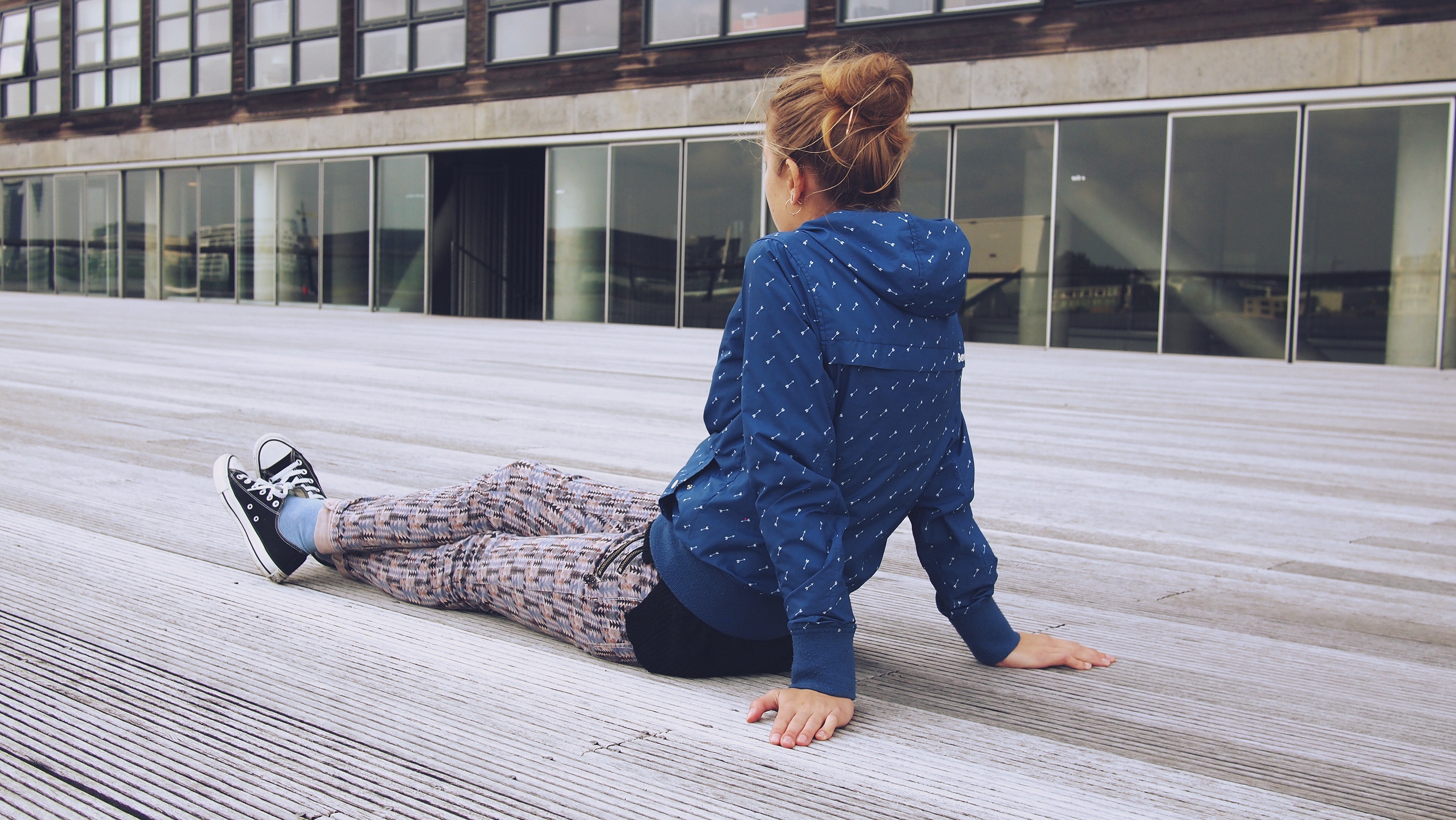How Starving Yourself Will Affect Your Skin and Nails
Eating disorders are complex psychological illnesses that will wreak havoc with your body. No part of your body will escape the stress that a lack of fuel causes. Even your skin and nails will show signs that you are suffering from malnutrition.
The condition of a person's skin and nails can give you a big clue about a person's dietary habits if you know how to read the signs.
What's the Problem?
We all know that the body needs fuel in the form of food, but we rarely think about how far-reaching the effects of starvation can be. Food deprivation is like tossing a heavy stone into a pond—it's going to cause a lot of ripples, which will extend to the far edges of the water.
When you deprive your body of the fuel it needs, it suffers from stress. This kind of stress sends your brain into a panic. The brain recognizes that a lack of fuel is the problem, and it does what you would do if gas or electricity became scarce, or if the power was down and your cell phone was dying. The brain tries to conserve energy.
To conserve, the brain sends out signals throughout the body to stop sending what little energy you have to non-essential parts and functions. The brain is more worried about keeping your heart pumping, your lungs filling with air, and with keeping itself operational.
When it comes to essential body parts, things like the nails and skin just don't make the cut.
Dehydration
People with eating disorders are at high risk for dehydration. Dehydration can have dangerous effects on the body, but the first signs of dehydration can usually be observed in the skin and nails.
Without enough fluids, the nails will get dry and begin to get brittle. The skin will also lose fluids, causing it to look dry, cracked, and dull. The complexion may become more uneven, and the skin may become itchy and flaky.
In an attempt to retain water and with your nutrients out of balance, the skin may develop edema (swelling).
Malnutrition
When your body is starving, nutrients get depleted quickly and are re-distributed to those more critical body parts. A lack of nutrients takes a toll on the nails. Nails require keratin to grow healthy and strong. Keratin is a special protein that makes your nails. When your body is lacking proteins, keratin is depleted. Your nails will become even more brittle and pitted. You'll find they break more easily.
A lack of nutrients might also decrease circulation and blood-oxygen levels. Occasionally this will result in a bluish tinge in the extremities, such as the fingers, toes, and earlobes.
Seek Help
If you or a loved one is suffering from an eating disorder and beginning to show visible signs of starvation, seek help. The damage to nails and skin are reversible, but damage to nails and skin may indicate more pressing health issues are a concern.
Sources: Total Beauty
Photo: Pixabay
More Articles
More Articles
More Articles
There is currently no approved drug for anorexia nervosa, a common and occasionally fatal eating disorder. Research showed that low doses of a...
In the past, eating disorders were primarily considered to be behavior. This overly-simplistic misunderstanding of the issue only created more...
Sudden light-headedness can be a frightening experience for anyone, particularly if you are unsure of the cause. For many, experiencing occasional...
Maintaining a balanced diet not only keeps our body functioning at its best, it also keeps our skin, hair, and nails looking bright and healthy....
Researchers are closer to finding the genetic cause for binge eating and might be getting closer to an effective treatment. “Based upon our...
More Articles
More Articles
There is currently no approved drug for anorexia nervosa, a common and occasionally fatal eating disorder. Research showed that low doses of a...
In the past, eating disorders were primarily considered to be behavior. This overly-simplistic misunderstanding of the issue only created more...
Sudden light-headedness can be a frightening experience for anyone, particularly if you are unsure of the cause. For many, experiencing occasional...
Maintaining a balanced diet not only keeps our body functioning at its best, it also keeps our skin, hair, and nails looking bright and healthy....
Researchers are closer to finding the genetic cause for binge eating and might be getting closer to an effective treatment. “Based upon our...
When a person begins recovery treatment for anorexia nervosa, they may need to initiate a process known as refeeding. The refeeding process is a...
When a baby is in utero, they develop fine white hairs all over their body. These are known as lanugo hairs and they protect the baby’s skin from...
A new study published in the journal Pediatrics found more than 90 percent of patients with eating disorders not specifically defined (EDNOS) in...
Eating disorders might be hard to talk about, or even to admit to yourself. If you know, or if you even suspect, you have an eating disorder,...
If you suspect your child has an eating disorder, you may feel overwhelmed. There are a few things you should know upfront.
First and...
Eating disorders don't discriminate. They don't care if you're rich or poor, they don't care about your color or gender, and they don't care if...
In the U.S., an estimated one in 200 people develop an eating disorder. That is a startling number, but another number is even more alarming: one...
A lot of what people know about eating disorders comes from "common knowledge." Unfortunately, common knowledge isn't always correct, or it may...
Anorexia is a serious eating disorder that is characterized by an intense fear of gaining weight. In many cases, people suffering from this...
Most people find holidays stressful, but the thought of facing holidays can be overwhelming for a person with an eating disorder. If a special day...
































